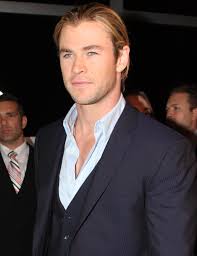The Joker, Darth Vader, Hannibal Lecter all wear masks. Their masks disguise the real self.
In The Dark Knight (2008, USA), The Joker reveals what happened to him when he was a child to become an underground criminal. He then put on a mask. He is not only physically altered (a permanent ‘smile’), but emotionally and psychologically damaged.
Childhood incidents have a mysterious way of catching up, ending in the victim putting on a mask, in this case The Joker’s mask is sarcastic, violent and deceitful, captured the most in The Dark Knight movie. But these masks were meant to be taken off, revealing the true self.
The mask in Star Wars
Darth Vader is well known to us by now. This villain has an unknown trajectory in the original Star Wars film. We just knew him as the baddie. That is all that mattered in the beginning. We did not need to know anything more about Darth Vader.
The Empire Strikes Back (1980, USA) complicated that blissful simplicity.
Famously in that film, Darth Vader reveals he is the hero’s father and in Return of the Jedi (1983, USA) he takes off his mask.
What seemed simple turns complex. Darth Vader has further dimensions, ‘layers’ in other words. He isn’t that bad after all, as the Star Wars prequel trilogy tried to make vivid. (The family animation Shrek made ‘layers’ in character even more popular)
But Vader wore that mask for all those years, hiding who he really was.
He finally says to the son he had persecuted, “Let me look upon you with my own eyes.”
Moving, tragic and triumphant for he had come to his senses after years of doing life bad.
Whatever causes a mask to be put on, does not mean this is the end because the false self can always be taken off.
Though Darth Vader is etched on the cinematic lexicon as one of the great villains, we always remember the day he took off his mask, not only as a part of a plot, but as a metaphor for life.

